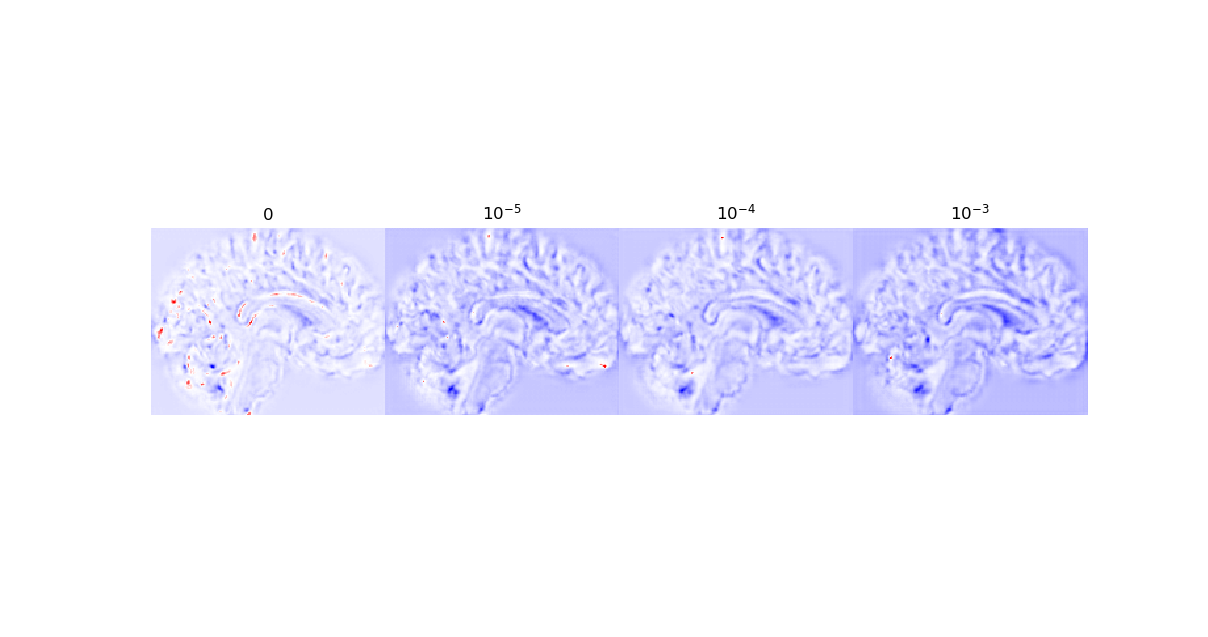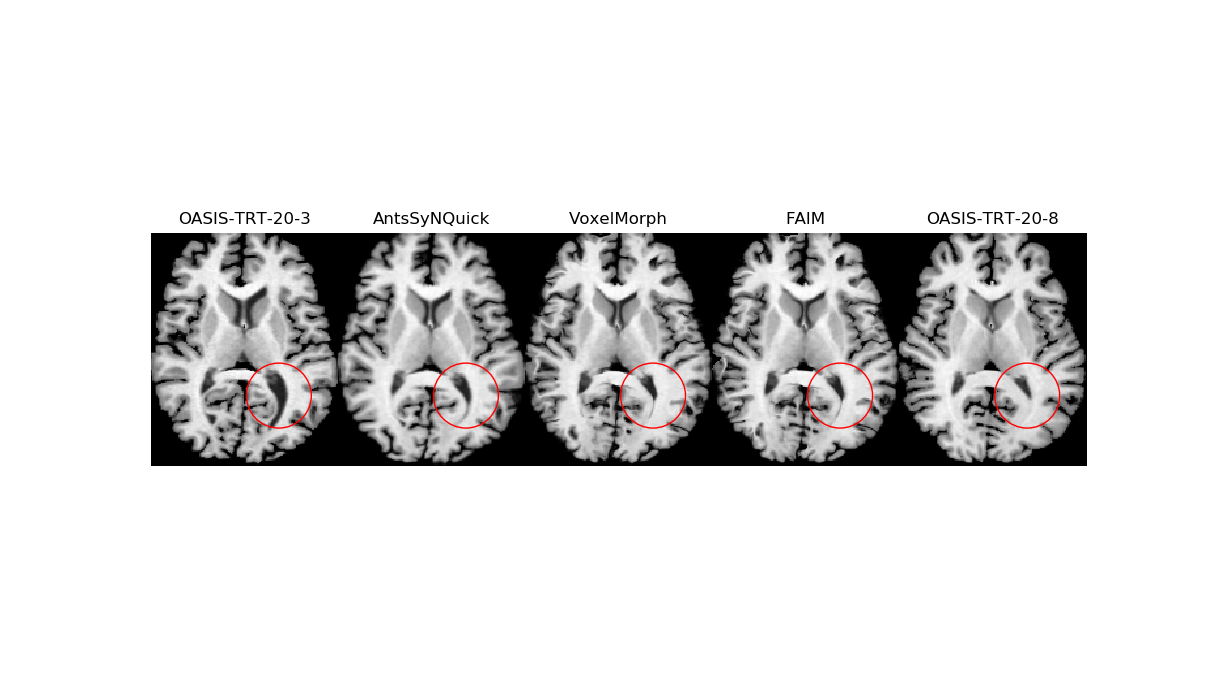Medical-image-registration
It is a project for developing registration tools with neural networks, applicable to other image registration tasks. Code is written using Keras with Tensorflow backend. SimpleITK is used to read from and write to .nii or other medical image formats. All data contained in this repository is in .npy format. The code here is directly applicable to grey level images. For RGB images, one should modify the codes accordingly. Input should be of format (batchsize, height, width, channel) in 2D cases and (batchsize, height, width, depth, channel) in 3D cases. In both cases, the first channel will store the source image, the target image is stacked to the second channel.
Feel free to check "FAIM -- A ConvNet Method for Unsupervised 3D Medical Image Registration" and "On Reducing Negative Jacobian Determinant of the Deformation Predicted by Deep Registration Networks" for more details.
An overview
The following figure is an overview of the network's work flow:

A comparison with other methods:
Deforming source image to target image:
Deforming source label to target label:
"Foldings", i.e locations where the transformation has negative Jacobian determinants in predicted deformation can be addressed either by using a hard constraint penalizaing negative Jacobian determinants in the loss function or a soft constraint by different training mechanism without changing the configuration of baseline registration network.
Effect of penalizaing negative Jacobian determinants in the predicted deformation (folding locations shown in red):

Effect of using cycle consistent design and refinement module on the baseline network.

Preprocess
It is assumed that source and target are already roughly linearly aligned. Each image volume is normalized by its maximum intensity.
.npy files used in the code are read from original format .nii, .nii.gz, .hdr or .img using SimpleITK package. Possible modifications will be needed if other pakcages like nibabel is used for IO.
Source
architecture.py: contains some network architectures for learning the proper displacement field.losses.py: contains some losses/regularization functions.spatial_deformer_net.py: a module taking learned displacement field to warp input images in 2D.spatial_transformer_net.py: a module taking learned affine transformation to warp input images in 2D.spatial_deformer_net3d.py: a module taking learned displacement field to warp input images in 3D.spatial_transformer_net3d.py: a module taking learned affine transformation to warp input images in 3D.Utils.py: Contains some utility functions.visual.py: Contains some functions for visualization.view_dice.py: Contains some functions that make summary plots when comparing dice score from different methods.train.py: Main script training the network.train_MB_invcomp.py: Train the network with a cycle consistent design.train_refine_alt.py: Alternative training with a refinement module for refining the displacement field.eval.py: Eval the trained model on test data in terms of dice score.pred_samples.py: Used to generate samples from prediction.Gen_temp.py: Used to generate average image and produce probability labels when constructing atlas.
Output
Contains generated label probabilities and a volume of winning labels with Gen_temp.py on LPBA40 data set and also on OASIS-TRT-20 dataset used in MindBoggle101

